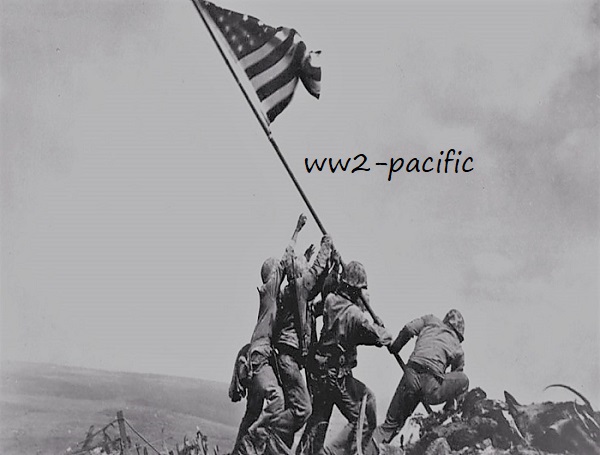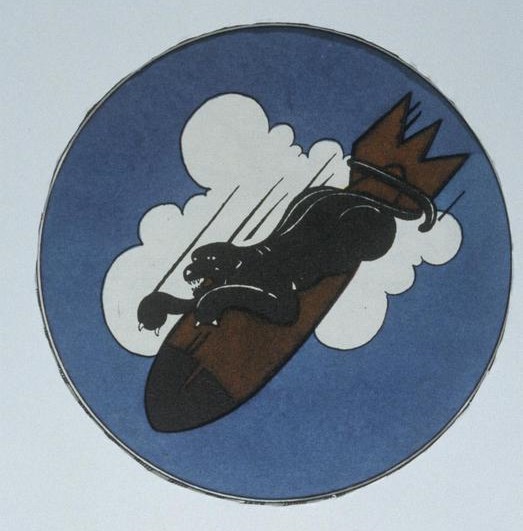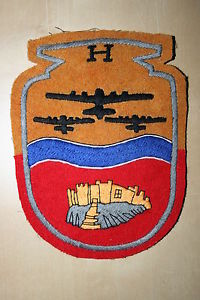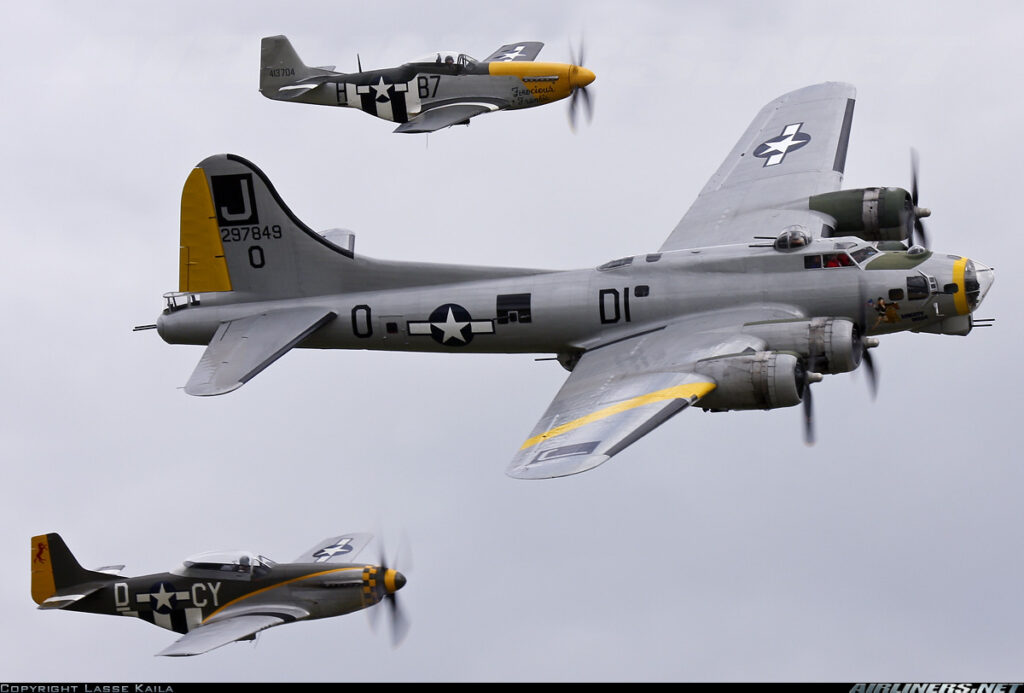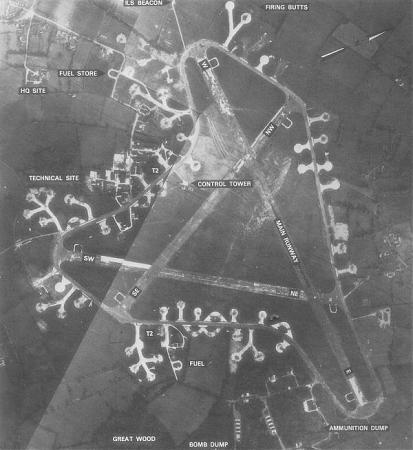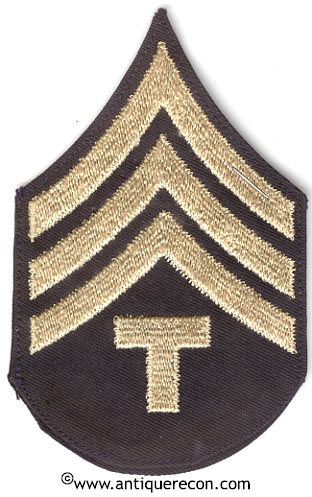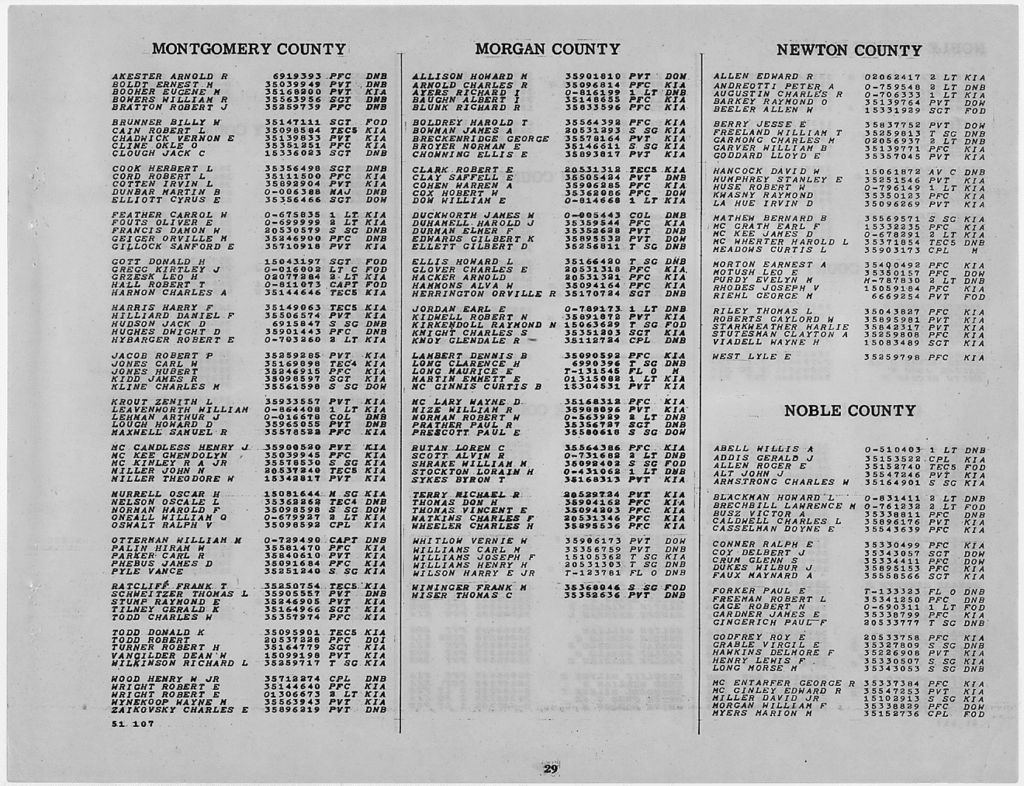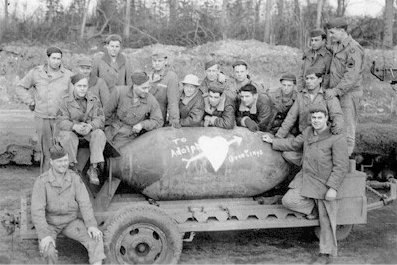Name and Rank, Technical Sergeant 4th class Joseph Franklin Williams.
Unit/Placed in, 568th Bomber Squadron, 390th Bomber Group (Very Heavy).
Joseph was bo00 reacties in afwachtingrn on Aug. 19, 1920 in Indianapolis, Morian County, Indiana.
Father, James Hudson Williams.
Mother, Ethel Georgia Anna (Currens) Williams.
Brother(s), Paul, Harry and James Hudson Williams.
Joseph enlisted the service at Ft. Benjamin Harrison, Indiana at July 28, 1942, with serial number, #15105362.
Joseph M. Williams was a Radio-Operator aboard a B-17 in the 568th Bomber Squadron.
Joseph‘s Crew-members and their position on-board the plane a B-17 were,
Pilot. Elbert R. Hoover
Co-Pilot Larry Pote
Navigator Ora Jenkins
Bombardier Chas Stifford
Engineer / Top Turret Gunner Steve Kovacik
Waist Gunner Sam Johnson
Waist Gunner Larry Mars
Tail Gunner Tom Parks
Radio Operator Joseph F Williams
Ball Turret Gunner Bill Peternell
No ranks available.
The Crew bailed out after a motor burn, and the plane crashed near Tannington, 8 returned to their duty, Bill Peternell and Joseph F. Williams were K.I.A.
Joseph was KIA during the raid to Norway, with engine malfunctions and the plane crashed in Britain, on Nov. 16, 1943, and he is honored with the Purple Heart, Good Conduct Medal, American Campaign Medal, Army Presidential Unit Citation, European-African-Middle Eastern Campaign Medal, WWII Victory Medal.
Joseph was first buried at Cambridge American Cemetery and Memorial, Coton, South Cambridgeshire District, Cambridgeshire, England.
and now he is buried at Mount Gilead Cemetery, Martinsville, Morgan County, Indiana.
Thanks to 390th www.390th.org
https://www.familysearch.org/tree/person/details/LRNZ-W13
Jean Louis Vijgen, ww2-Pacific.com ww2-europe.com
Air Force Info, Rolland Swank.
ABMC Website, https://abmc.gov
Marines Info, https://missingmarines.com/ Geoffrey Roecker
Seabees History Bob Smith https://seabeehf.org/
Navy Info, http://navylog.navymemorial.org
POW Info, http://www.mansell.com Dwight Rider and Wes injerd.
Philippine Info, http://www.philippine-scouts.org/ Robert Capistrano
Navy Seal Memorial, http://www.navysealmemorials.com
Family Info, https://www.familysearch.org
WW2 Info, https://www.pacificwrecks.com/
Medals Info, https://www.honorstates.org
Medals Forum, https://www.usmilitariaforum.com/
Find a Grave, https://www.findagrave.com
Tank Destroyers, http://www.bensavelkoul.nl/
WordPress en/of Wooncommerce oplossingen, https://www.siteklusjes.nl/
Military Recovery, https://www.dpaa.mil/
MISSION TO RJUKAN, NORWAY
The aiming point of the target was the pen-stocks down the mountain from the dam for the hydro-electric building in the valley below. This building also contained the Norwegian heavy water plant which was being used by the Germans to provide heavy water for their experimentation in the development of the Atomic/Hydrogen bomb.
This was the only mission made by the 390th Bombardment Group to a Norwegian target. Twenty of our group of B-17Fs took the long route over the North Sea from England to hit this target. One aircraft tied in with the 1st Division formation and bombed Knaben, Norway.
Rjukan was located in a peaceful valley seventy-five miles west of Oslo. The terrain was rugged and the hillside where the penstocks came down was steep. This heavy water factory was instrumental to the German scientists in their plans for building an atomic bomb. The tremendous amount of hydro-electric power generated from Norwegian streams was to be harnessed for production of this heavy oxygen or as we called it, heavy water. It was the critical element the Germans believed could be made into an atomic force which would defeat the allies, England and America, if they could just get it perfected before the allies did.
On the long over-water trip north over the North Sea our navigator, Gus Mencow, used his sextant to shoot the sun for a sun line exactly at noontime. This gave him a good location of our north latitude and the north-south distance covered since we left England. From this, he adjusted his ground speed value to compute a better-estimated time of arrival (ETA) at the Norwegian coast. This was the initial point (IP) for the start of our bomb run. I believe this was the only time that celestial navigation was ever used in the European Theater during World War II. Gus was a highly competent navigator, a member of the lead crew of Captain Jim Geary in the 570th Squadron.
Their lead aircraft was affectionately known by its crew as, “Pistol Packin’ Mamma”. Flying with this crew was Major Joseph Gemmill as Command Pilot and the Squadron Navigator, Captain Marshall Shore acting in the capacity of Command Navigator. The Bombardier was Captain Donald Ventress, the 570th Squadron Bombardier.
The bomb load on all 390th aircraft was four (4) each, 1000 pound general purpose bombs.
Three runs were made on the target. On the first run, prop wash from the 95th Bomb Group interfered, and on the second run clouds and smoke interfered. On the third attempt the bombs were released prematurely, and struck the hillside west of the target. Other Groups, fortunately, damaged the plant severely. This plant was later-on struck by a Norwegian sabotage team that penetrated it on the ground, and Rjukan was never fully developed. The first and only large shipment of heavy water to head for Germany was sabotaged and the ship was blown up in a Norwegian fjord before it left Norway. The Norwegians were smarter in this respect than the Germans. The German quest for heavy water was completely thwarted.
One aircraft # 230455R, Schifliss Skonk, from the 569th Bomb Squadron on its twelfth mission flown by Raymond Becker, Pilot, caught fire and crashed in the North Sea. Three small boats were seen to head for the scene. There were no survivors.
Gunners of the 390th group were given credit for shooting down two enemy fighters that attacked the group over Norway.
On the third run at the target, an unfortunate thing happened to cause the bombs to fall a distance from the aiming point. The Command Pilot, Joe Gemmill, thinking that the bombs had been released, even though the red release light in the cockpit had not get come on, took control of the aircraft from the automatic pilot and started a turn off the target run. This caused a bombing error which was not the fault of the Bombardier. It was regrettable. We had flown so far to this important target and wanted very much to make a good hit on the aiming point. But such things happened occasionally in combat, especially when under attack from fighters or flak. This was not the case on this mission as flak was not very accurate and there were no fighters around bothering us at the time.
